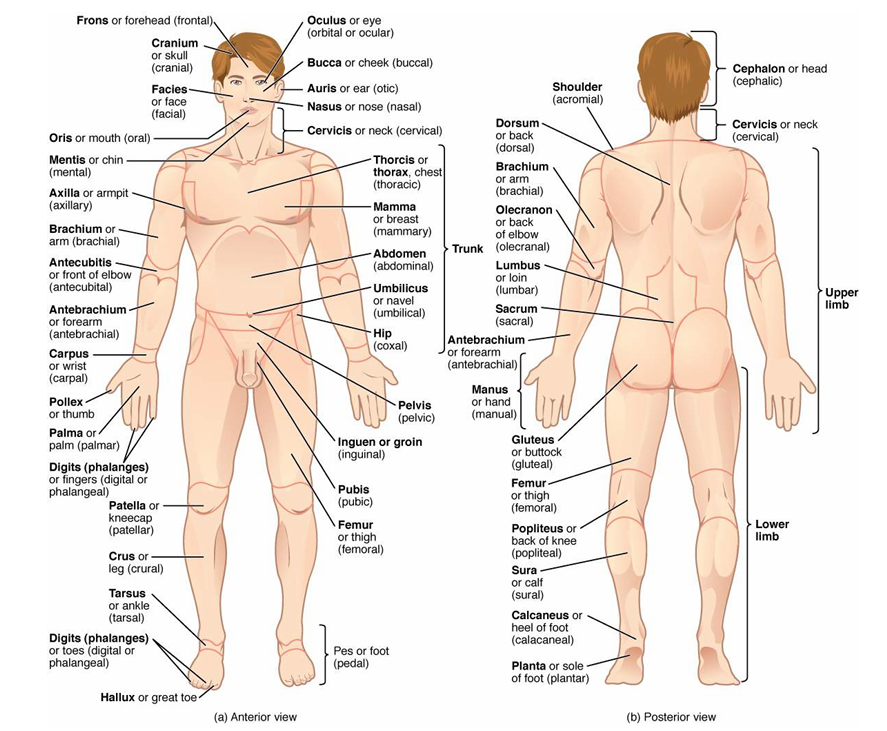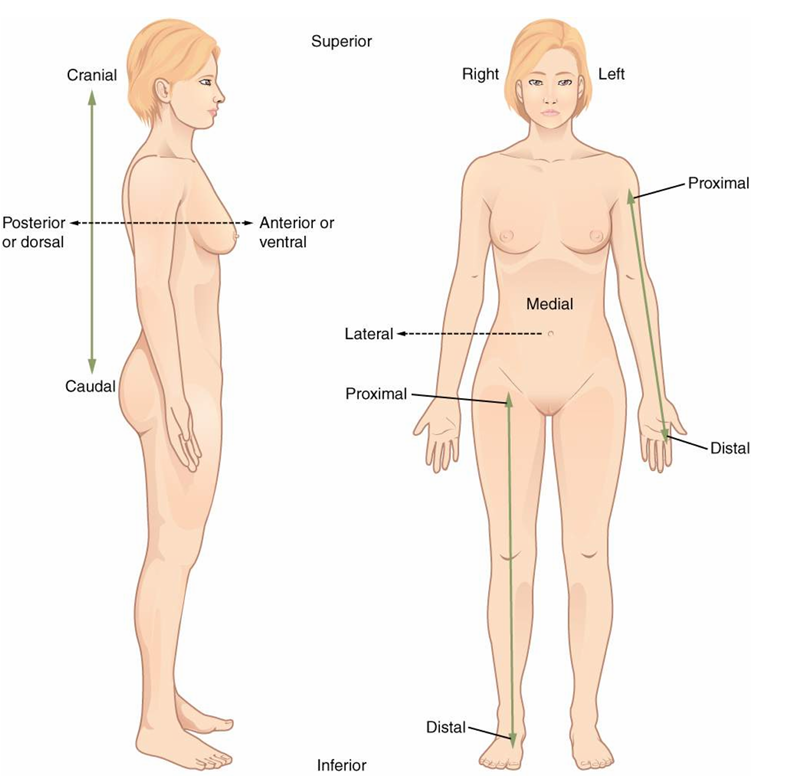Makindo Medical Notes"One small step for man, one large step for Makindo" |
|
|---|---|
| Download all this content in the Apps now Android App and Apple iPhone/Pad App | |
| MEDICAL DISCLAIMER: The contents are under continuing development and improvements and despite all efforts may contain errors of omission or fact. This is not to be used for the assessment, diagnosis, or management of patients. It should not be regarded as medical advice by healthcare workers or laypeople. It is for educational purposes only. Please adhere to your local protocols. Use the BNF for drug information. If you are unwell please seek urgent healthcare advice. If you do not accept this then please do not use the website. Makindo Ltd. |
Basic Anatomy: An overview
-
| About | Anaesthetics and Critical Care | Anatomy | Biochemistry | Cardiology | Clinical Cases | CompSci | Crib | Dermatology | Differentials | Drugs | ENT | Electrocardiogram | Embryology | Emergency Medicine | Endocrinology | Ethics | Foundation Doctors | Gastroenterology | General Information | General Practice | Genetics | Geriatric Medicine | Guidelines | Haematology | Hepatology | Immunology | Infectious Diseases | Infographic | Investigations | Lists | Microbiology | Miscellaneous | Nephrology | Neuroanatomy | Neurology | Nutrition | OSCE | Obstetrics Gynaecology | Oncology | Ophthalmology | Oral Medicine and Dentistry | Paediatrics | Palliative | Pathology | Pharmacology | Physiology | Procedures | Psychiatry | Radiology | Respiratory | Resuscitation | Rheumatology | Statistics and Research | Stroke | Surgery | Toxicology | Trauma and Orthopaedics | Twitter | Urology
Related Subjects:
|Anatomy of the Ear
|Anatomy of the Oesophagus
|Anatomy of the Diaphragm
|Anatomy of Large Bowel
|Anatomy of Small Bowel
|Anatomy of the Biliary system
|Anatomy of the Liver
|Anatomy of the Eye
|Anatomy of the Larynx
|Anatomy of the Ear
|Anatomy of Male Genitalia
|Anatomy of Skin
Human anatomy is the study of the body’s structure – from microscopic tissues to entire organ systems.
It forms the foundation for understanding physiology, health, and disease.
🔑 Key principle: Anatomy underpins every clinical decision, from examination to surgery.
The adult skeleton contains 206 bones. It provides support, protects vital organs, enables movement, and acts as a mineral reservoir.
📌 Bone marrow within long bones produces blood cells (haematopoiesis).
Over 600 muscles enable voluntary and involuntary movements. They generate posture, movement, and heat.
Human anatomy underpins clinical practice:
🦴 Skeletal → support & movement.
🫀 Cardiovascular & 🧠 Nervous → integration & survival.
🍽️ Digestive, 💧 Urinary, 🧪 Endocrine → metabolism & homeostasis.
👩🍼 Reproductive & 🛡️ Integumentary → continuity & protection.
🧍 Introduction

📖 Terminology

🦴 Skeletal System
💪 Muscular System
🧠 Nervous System
❤️ Cardiovascular System
🌬️ Respiratory System
🍽️ Digestive System
💧 Urinary System
🧪 Endocrine System
👩🍼 Reproductive System
🛡️ Integumentary System
✅ Conclusion
🔑 Take-home: Anatomy is not just structure → it’s the clinical map guiding diagnosis and treatment.